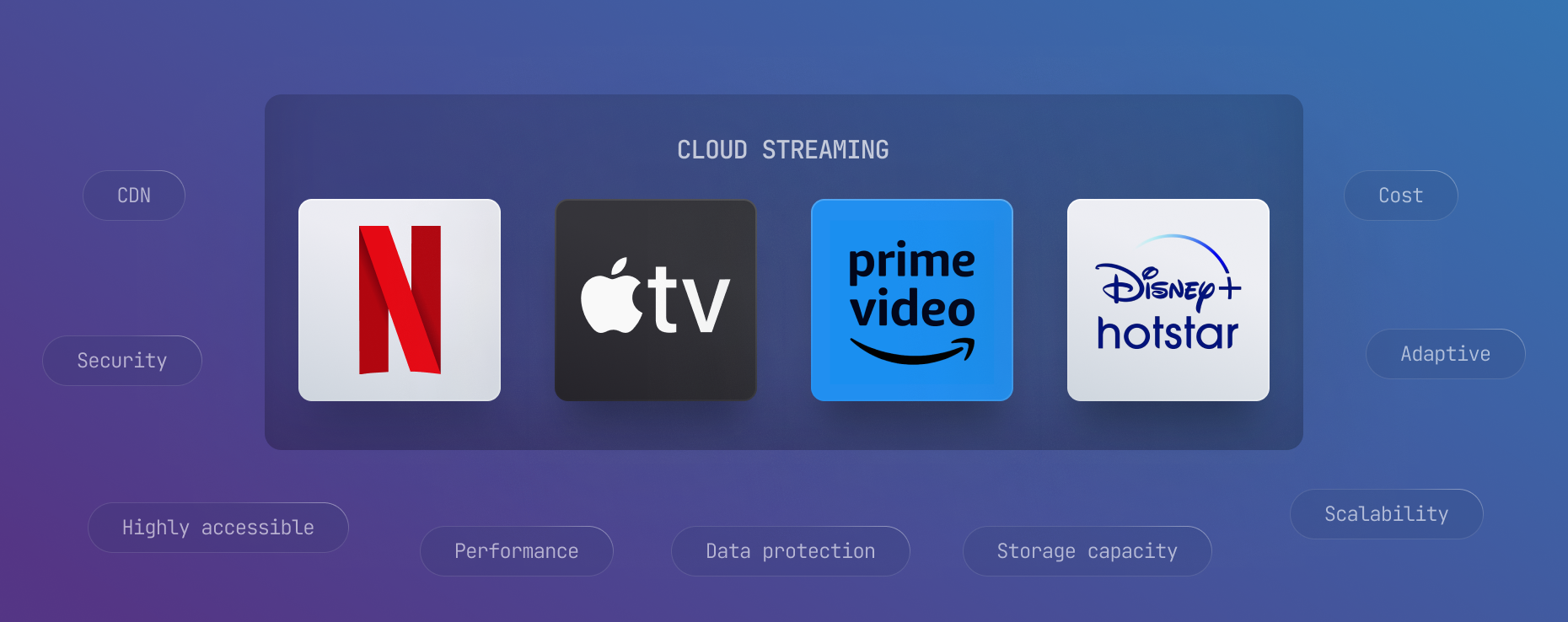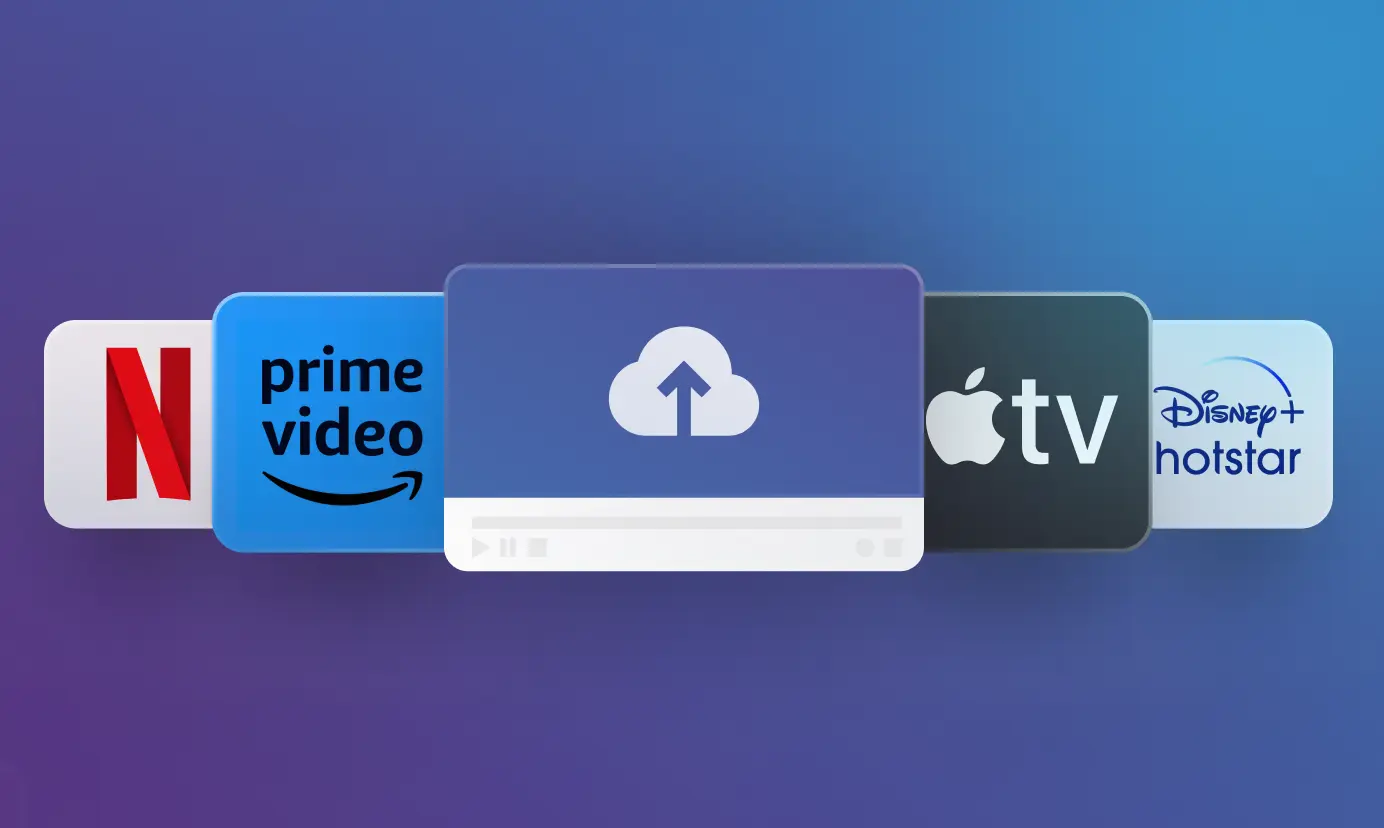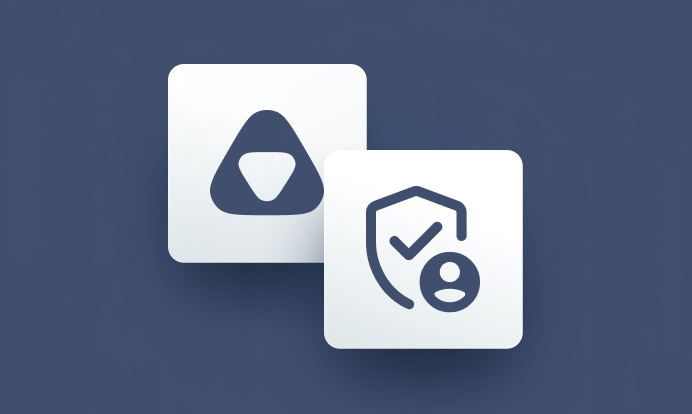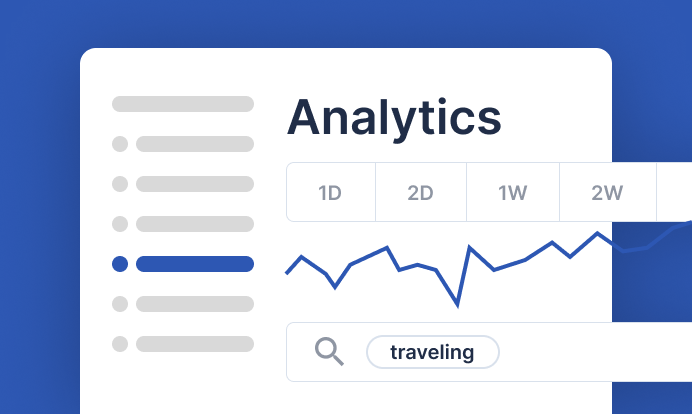Over the years, there has been a drastic increase in the number of OTT (over-the-top) platforms across the world. New releases are just a click away and people can watch them from the comfort of their homes. Video streaming platforms like Netflix, Amazon Prime, Apple+ are bringing original content for their audiences to binge watch.
According to Statista, Netflix saw an increase of over 13 million paid subscribers in the last quarter of 2023 and the revenue in the OTT video market is now projected to reach US$316.40 billion by 2024.
Gone are the days when you had to download a particular film or an episode to watch it on your device. The video streaming platforms instead employ an efficient technology called cloud based streaming so the viewer can avoid the hassle of downloading.
What is cloud streaming?
Cloud based streaming makes use of an infrastructure involving servers and data centers from around the world that host content which is accessible to view on demand and without downloading on the device. As opposed to physically storing content on premise, cloud streaming services rely on a network of cloud servers that store video content uploaded by broadcasters on cloud which is then encoded and transcoded in various formats and delivered to viewers on demand. But what is cloud streaming technology doing differently is that it reduces the latency period and eliminates the hassle of downloading and storing content on your devices.
Cloud video encoding and transcoding includes converting the video files to make them more accessible and viewable in several versions, each file version of different size and quality to meet the demands of the viewers.
Why are popular OTT brands shifting to cloud video streaming services?
Cloud based streaming services ushered a new era in making video content available and accessible for internet users. Popular video streaming service Netflix began as a DVD rental service in 1997 and used to mail the DVDs to the viewers. In 2007 however, Netflix launched a parallel service of video-on-demand via the internet.
With the increase in content generation and the amount of time people across the world are spending watching videos, physical storage of data has proved to be a challenge.
Resource intensive and high costs:
On-premise video streaming platforms require infrastructure that houses and supports servers with sufficient capacity to deliver content along with technical staff to maintain the hardware. Traditional way of streaming content means consuming significant resources and additional costs on regular maintenance of hardware, upgrades, security and infrastructure.
Difficult to scale:
On-premise based video streaming platforms find it hard to achieve rapid scalability. A lot of capital is required to add more servers that are equipped with the software that is capable of handling data distribution. But the speed at which technology is advancing, it is hard for the traditional hardware servers to keep up.
High latency:
Since in traditional streaming, content is physically stored on premise, there is a high chance of considerable delays in accessing the video content requested by the viewer.
Why cloud based streaming should be your next choice?
Cloud video streaming is the next best option for video streaming platforms. We are driven by data and content in today’s world and opting for cloud based streaming has a lot of advantages.
1. Highly accessible and adaptive
Cloud based streaming services have proved to be efficient in terms of delivering video content via the Internet to millions of viewers on-demand while also adapting to the internet strength and supporting the bandwidth. Have you ever noticed on Youtube that there is an option to choose the quality at which you can play your desired video?There are options to play the videos at 144p, 240p, 360p, 480p or 1080p so you can watch video content on their platforms depending on the network strength.
2. Security and Data Protection
One of the top drivers for video streaming platforms to move to cloud video streaming is better security and data protection. So if you own a video streaming platform, cloud streaming is a better option because it delivers sophisticated solutions and enhanced security. It ensures secure access points, like gateways and sandboxes, for only approved users to run cloud applications.With enhanced resilience that cloud streaming services offer, you also would not need to worry about the looming threat of cyberattacks.

3. Costs and Performance
In order to achieve greater efficiency and reduce the costs of maintenance of infrastructure and storage on premise, video streaming platforms are increasingly opting for cloud based streaming. Before Netflix shifted to cloud streaming, the company stored and delivered their content through data centers and servers and it proved to be cost intensive. A service outage in 2008 also propelled the media giant to consider moving to cloud streaming.
4. Ease of scalability
Media industries and OTT platforms can easily scale up or down depending on their needs and the audience viewership. The cloud based services provide unparalleled scalability and can accommodate a sudden spike in viewership without any significant capital requirement. Netflix began its migration to cloud streaming in 2008 and was able to scale up and meet the demands of its ever growing subscribers base. Today, Netflix has a total of 260.8 million paid subscribers and the platform provides services in over 190 countries.
5. Immense storage capacity
Since storing content on cloud is significantly at a lower price and the storage capacity is endless, content can be scheduled, archived and uploaded in bulk easily. Running out of space to store content today is the worst nightmare. Cloud streaming services ensure that the content is always available to the viewers, from the newest releases to videos or films that were made decades ago. Cloud servers are helping in creating a resourceful archive.
6. Focused CDN solution
Content Delivery Network (CDN) guarantees a seamless playability experience without any significant latency and buffering. It allows video content to be streamed efficiently. CDN is a network of servers geograhically distributed so when you request a video of your choice to be played on your device, the nearest server delivers the content to you rather than the original server. The result is that you would receive content at high speed, minimized buffering and reduced chances of failure.
Cloud streaming services are the way forward as it offers multitudinal advantages over the traditional solution. Media industries and OTT platforms are modernizing their data platforms and choosing cloud based services in order to minimize costs, time and energy spent on maintaining the hardware and data on-premise and instead are focusing on more revenue generating strategies. The cloud computing industry is expected to grow to $832.1 billion by 2025 as video streaming platforms seek to strengthen end-to-end uninterrupted video streaming for their audiences. The OTT platforms capitalize on saving the time of the viewers by bringing them video content they desire by just one click and all of this is possible by cloud video streaming.
api.video has a solid infrastructure that has the elasticity to expand/offload to cloud, based on your needs, ensuring high performance no matter how many minutes of videos. We also partner with the best CDN provider in the world to help deliver your videos anywhere with minimal latency.
Sign-up with us to deliver on-demand and live-stream videos directly from your website, software, or app NOW!





